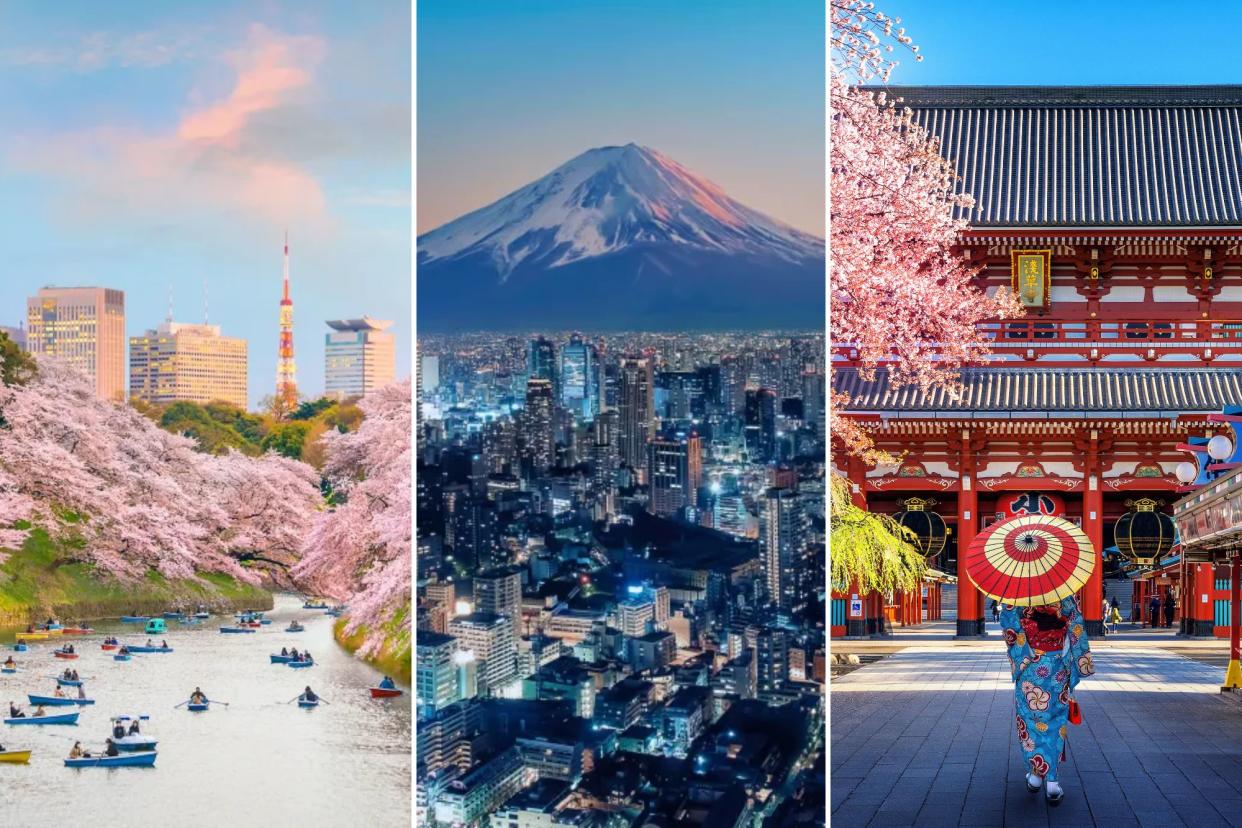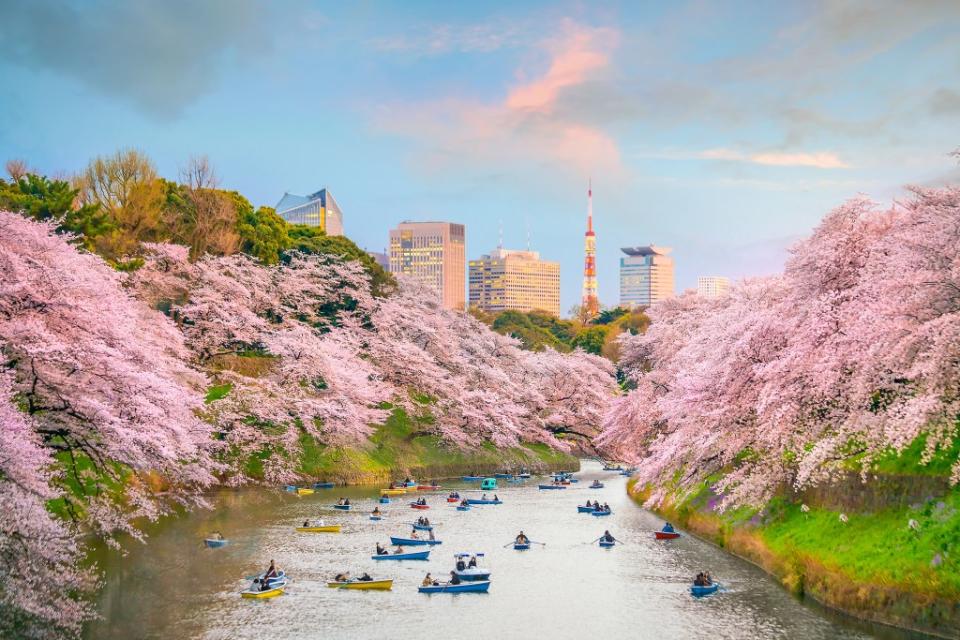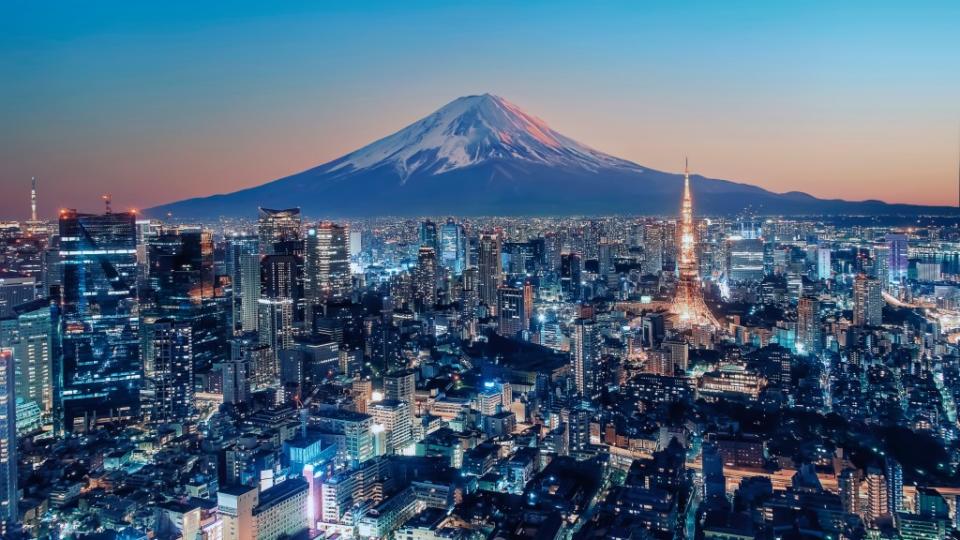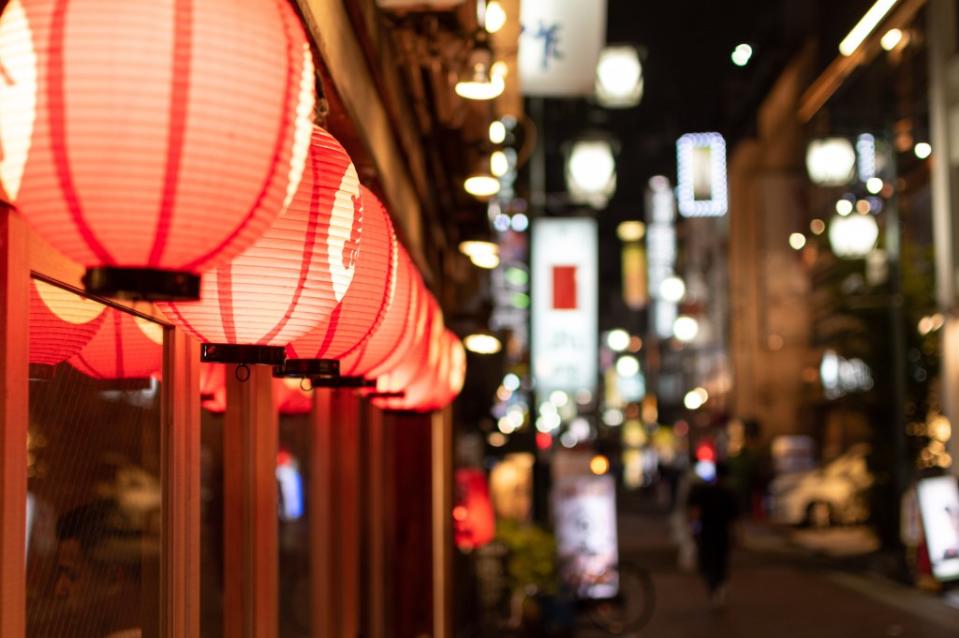Tokyo now cheaper to visit than inflation-hit NYC — world’s one-time priciest city a relative bargain

Got a yen to travel?
With Japan’s once-feared currency plummeting to thirty-year lows and the country quietly sliding into recession, Tokyo — which cratered more than twenty spots to 60th place on the Economist’s annual cost of living survey at the beginning of the year — is a relative bargain in 2024.
The news comes as New York heads in the absolute opposite direction. Last year, the inflation-ravaged Big Apple soared to number one on that same list. (It’s now the third most expensive, behind Geneva and Singapore — cold comfort to gouged Gothamites battling a cost of living that won’t stop rising.)

And while our subway stations may still be filthy (Jimmy Kimmel was right!) and our toilets still don’t sing to us when we flush them, scruffy New York is suddenly the lion, while Tokyo — for so many years seemingly out of our league — is now the easy, affordable alternative. Can you even afford to stay home?
Don’t take our word for it — here are just a few cost comparisons that highlight the sometimes astonishing differences between the cost of existing in the two cities.
For prices, we’ve used mid-May, right after Japan’s Golden Week (a peak travel time, to put it mildly) and before our Memorial Day Weekend, when prices in New York have yet to kick into high gear. Not that this helped NYC’s case in the slightest.
Sleep like a king — even on a budget
The average room rate in Japan hit a 21st-century record in 2024, but don’t freak out — it’s still far cheaper to sleep in Tokyo than it is in New York. For budgeteers, the tried-and-true Toyoko Inn chain is ubiquitous and often as little as $50 per night; with free breakfast buffets and other welcomed amenities, think of it as the Hampton Inn by Hilton of Japan.
Except that in New York City, the cheapest Hampton Inn in the quiet period after Memorial Day was $249 per night, way down in the sleepy Financial District. (Guess whose free breakfast is better.) In Tokyo, also look out for the APA hotel chain — another reliable often opening the bidding at around $50.
Want to splurge? During a week when The Peninsula New York is asking nearly $1,500 a night, the absolutely superior Peninsula Tokyo is charging $841. You’re getting the picture.
Where going out is still affordable

Like most cities now, Tokyo isn’t immune to the rising cost of everything — but with food, they’re starting from so much further behind. For example, the average bowl of ramen, according to Unseen Japan, is now about 860 yen, or $5.62 a bowl.
In New York, the idea of a bowl of ramen for less than $14 seems quaint. For locals, the new average is considered a problem; the new steeper prices are threatening ramen culture.
At Kura Sushi — an affordable Tokyo favorite — in Flushing, all pieces are priced at $3.80. At the famed conveyor belt restaurant’s hometown flagship in hip Harajuku, they start at $0.75.
And while Michelin-starred restaurants in Tokyo — the city with the most stars in the world, currently — are often as pricey as their Big Apple or Paris counterparts, they are often a much better deal, too.
t L’Insieme, a popular Bib Gourmand spot for Neapolitan-style pizzas, you can get your own pie for $11. At Una Pizza Napoletana on Manhattan’s Lower East Side, the margherita will cost you well over $20.

And street food, forget about it — for a buck and change, you can snap up everything from onigiri to a yakitori skewer to mochi and beyond. What they’re selling for that little on the streets of Midtown Manhattan — if they were — you don’t want. Also, you’re in a country with stringent food hygiene standards — be bold, point to what you want and you’ll go away happy and so will your stomach.
Thirsty? While Tokyo has some of the world’s best cocktail bars — check out The Bellwood, for example — it also sells beer out of vending machines, though that practice isn’t quite so prominent as it used to be, you can still snag an Asahi tallboy or similar from any konbi (convenience store) for a little over a buck. At a random Manhattan corner grocery, a six-pack of Bud Light 12 oz. bottles was going for $16.99, or $2.83 per bottle. Which one would you prefer?
The best things to do in Tokyo are free (or almost)
One of the great things about Tokyo is that you don’t have to do much of anything in the way of planning, beyond doing some reading and seeing which parts of the city might interest you most. In the old days, you needed books of maps and lots of advanced planning to tour the city where the streets have no name (they really don’t, it’s wild). Now, you just use your phone to get around, just like you would anywhere else.
That makes burrowing your way into (and out of) the alleyways of timeworn youth culture capital Harajuku or nightlife districts in Shinjuku, Roppongi or Shibuya much easier than it used to be. Ditto visiting the parks, where you’ve got a guide in the palm of your hand; go ahead and get lost in the many vast parks and gardens dotting Central Tokyo, or jump on the circular Yamanote Line train that races around the core of the metropolis all day and all night.

Stop in one of the city’s many coffee shops — there’s entire coffee district, the Kiyosumi-Shirakawa neighborhood — cute French bakeries (they’re just as good as in Paris, sometimes better, more precise) and just take in the sights — almost everything you’ll remember about your visit to the city will be free, or had at the cost of a cup of coffee, a train ticket or a blister on your feet from too much walking.
Affordable Tokyo adventures you can’t miss
Enjoy the silence at one of the city’s many temples — for free. Buddhist Sensō-ji is the oldest and most significant, while Meiji-Jingu, a Shinto shrine in the forest near Harajuku station, is extra relaxed, even when busy.
Climb the Tokyo Skytree So it’s not The Edge, but that costs $36 and up; Tokyo’s highest observation deck is just $25.
Brave Shibuya Crossing The busiest pedestrian crossing in the world puts Times Square to shame. Follow the crowds as they zig and zag their way across this insane meeting of major roads, then repair to one of the food halls in the nearby department stores and ogle some of the world’s priciest strawberries.
Find nature in Yoyogi Park Any park will do, really, but this 134-acre respite is a fine example of just how restorative open spaces can be in a city, even at the heart of one like Tokyo. As with any of the city green zones, the best parts are the actual forest lands that make you feel like you’re very, very far away from town.
See Yayoi Kusama’s museum She’s hotter than hot around the world right now, and certainly in New York — the contemporary artist has her own museum in Shinjuku, and tickets are just over $7.

